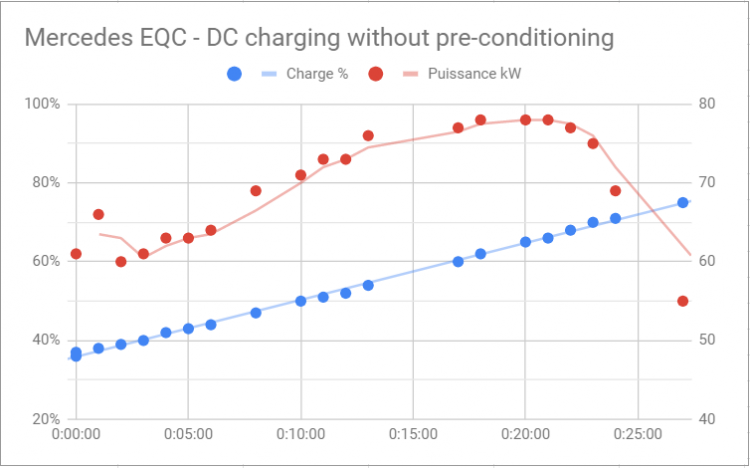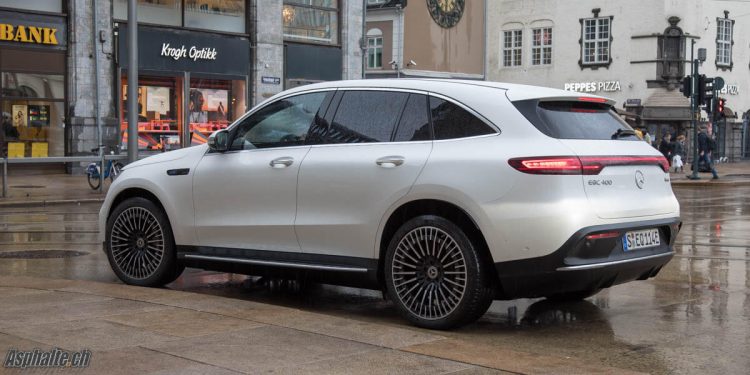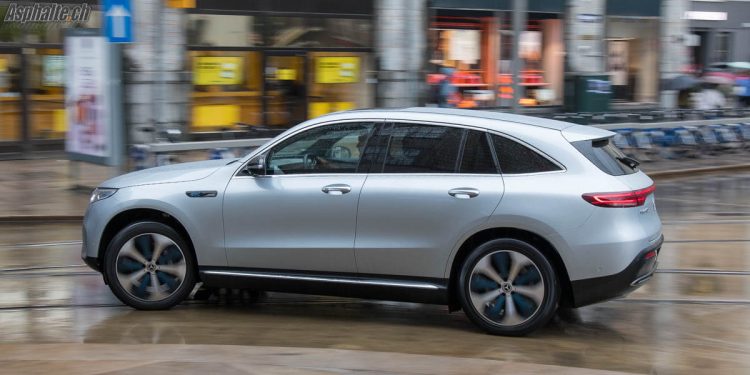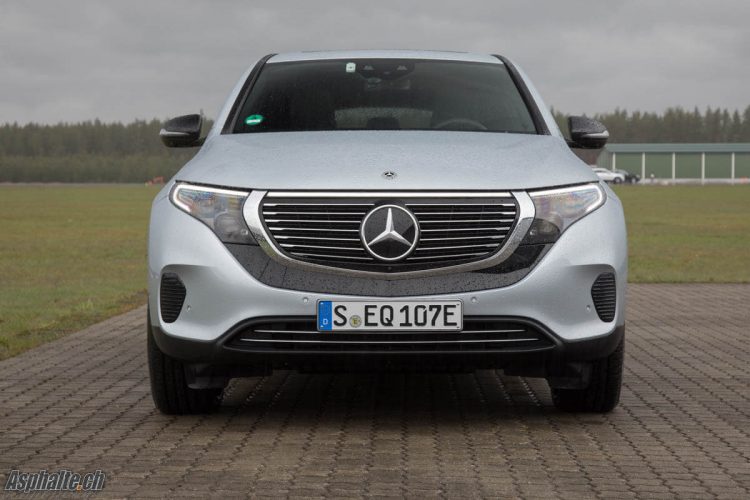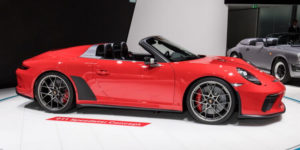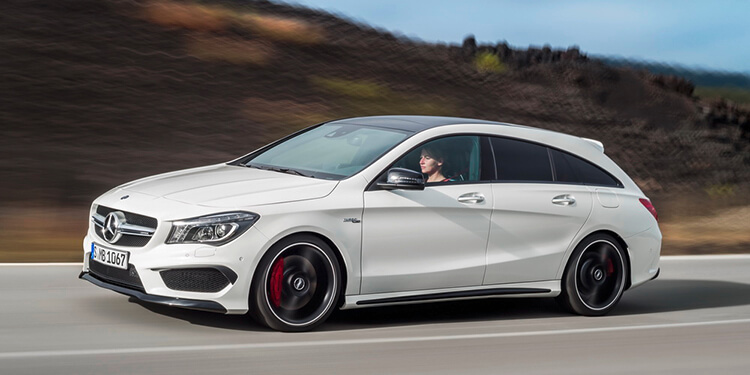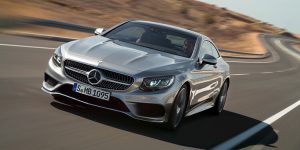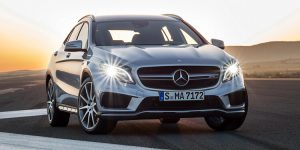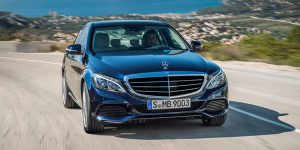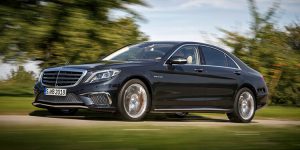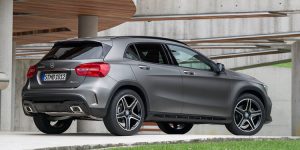Road Test Mercedes EQC 400 4 Matic: opening salvo
This happened to be by case for my visit at the ionity station in Dal, near the Oslo airport. One of the many bugs observed in the Here-powered navigation system made the charger invisible and the EQC unaware. I therefore saw my charge cycle start at 61 kW and power peak at 78 kW, quite briefly. My 27 minutes stop allowed me to raise my charge level from 36 to 75%, or 223 km of computed range.
Mercedes integrates two electric motors in the EQC, one for each drivetrain. The front motor has 7 windings, is optimized for efficiency and features a maximum torque of around 360 Nm. The rear motor has 5 windings, is optimized for peak torque and delivers up to 400 Nm.
At light loads, the EQC operates in front wheel drive mode. If torque requirements exceed 10% of available torque, the rear motor kicks in and ramps as well. The 760 Nm and 408 hp available from the system deliver the expected instantaneous torque surge, as witnessed by the 5.1 seconds claimed to accelerate from le 0 to 100 km/h.
There is caveat though, which is not specific to the EQC. As we drive more high torque electric cars, their response to a swift move from the right foot proves consistently abrupt and unrefined. Tires chirp, necks jolt, bodies squat, and the propensity to understeer is amplified. We are yet to drive an electric car which appears well sorted in this domain. An analogy to engine turbocharging would send us back to the seventies, when a new technical solution delivering massive torque became mainstream, but resulted in peculiar handling and driving experiences. Electric powertrains may be at the 1970s stage in terms of transforming torque into an organic driving experience.

